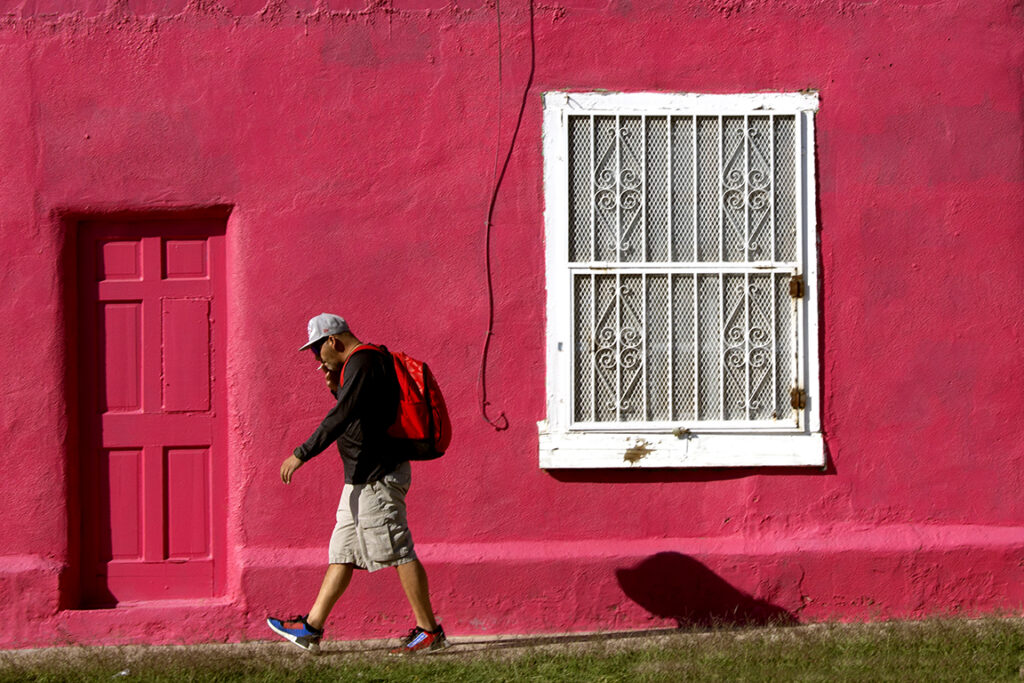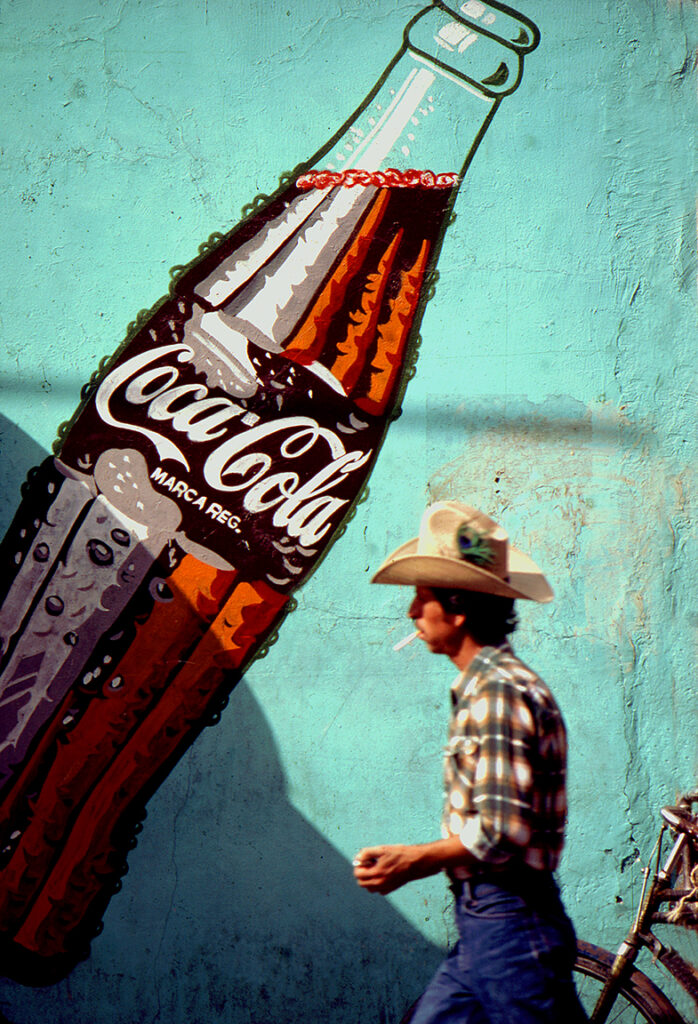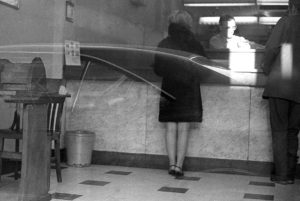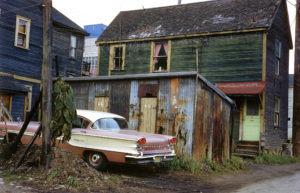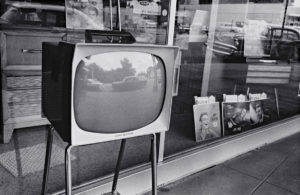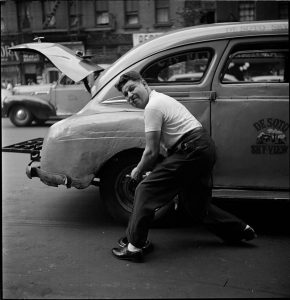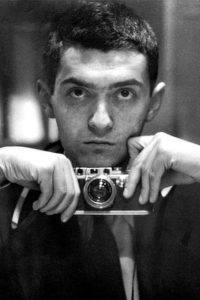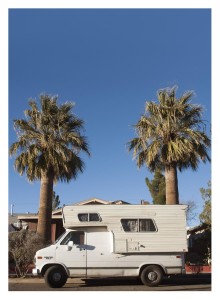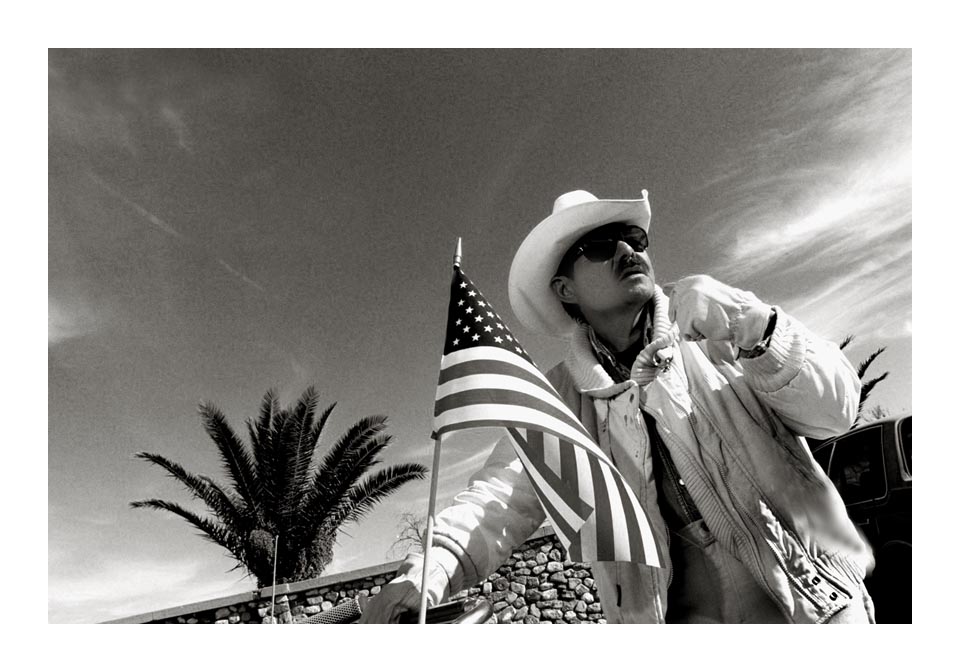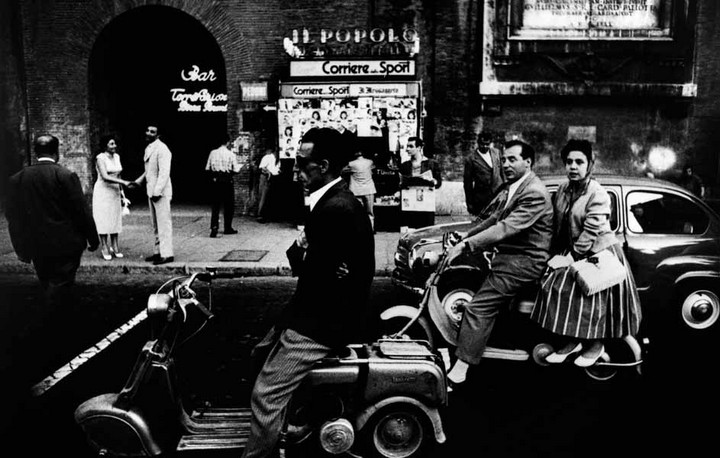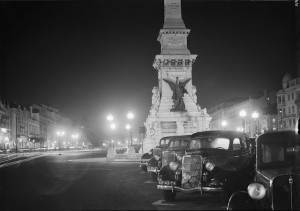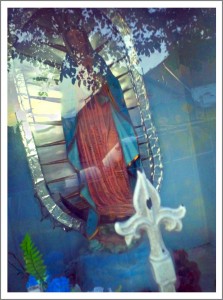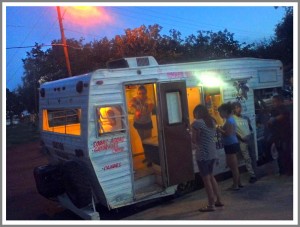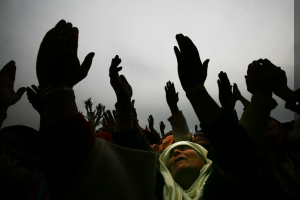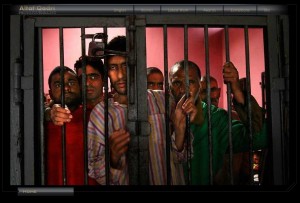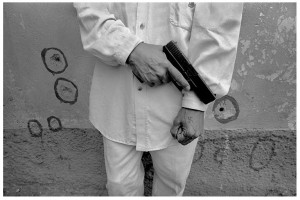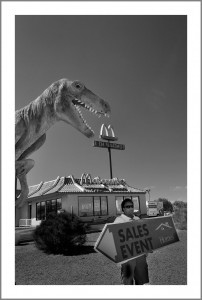Guy with a smoke, Segundo Barrio, El Paso, Texas, October 2022, ©Bruce Berman
Vaquero with a cigartter, Juárez, México, 1980, ©Bruce Berman
Text/Photograph by Bruce Berman
Lightning may not strike twice in the same place but sometimes it comes close.
In 1980, the day after I returned from an extended stay in NYC, I went to Juárez the next morning and by the time I got to the area of the cathedral, I was pooped. Sat down on a bench. I saw the turquoise wall, lifted the camera and the Vaquero walked by. One snap. Then it was gone.
Today, knees hurting, just voted in the Segundo Barrio for the upcoming 2022 election, I pulled my car over, pondering an upcoming surgery, a little bummed, and at this incredible pink/red wall. There isn’t a lot of color left in la frontera. It’s become a kind of beige/gray landscape.
I went to put my camera from its accustomed place on my lap onto the passenger seat. Just then, from around the corner this guy came cruising through. In a millisecond I told myself I’d miss but in the next millisecond lifted the camera -didn’t even have time to look through the viewfinder.- and plowed ahead. Snap. One shot. No “redo” possible.
And, I just hoped. The monitor of the camera isn’t a really good proof, so I’d have to wait to get to my laptop.
Forty two years later, since the “Vaquero with a Cigarette,” there was a version of same idea. Different times, yes. Waning color, yes. No more vaqueros (haven’t seen any). But here it is again, a repeat, the “Guy with a Smoke.”
A lot has changed but, forty two years later, there’s some things that are almost the same. In fact, we’re still “not in Kansas anymore,” eh?
The lightning came twice.

